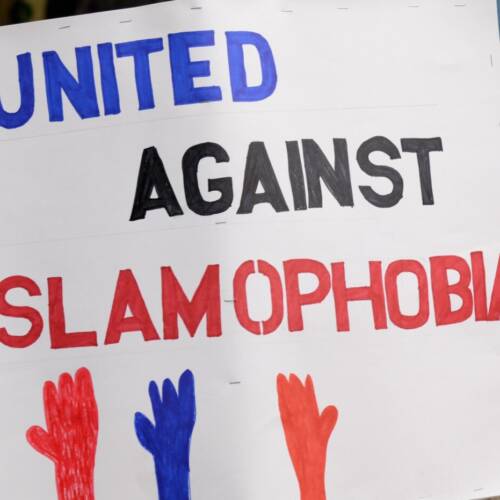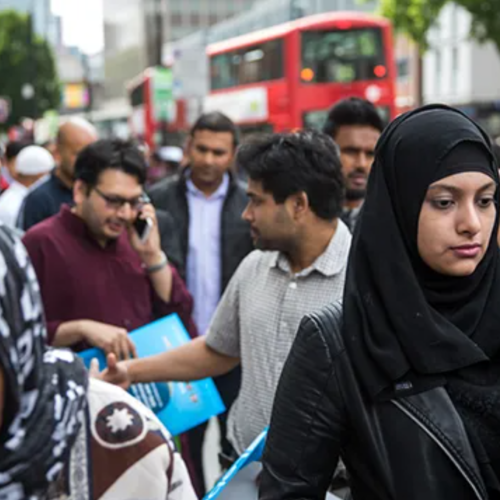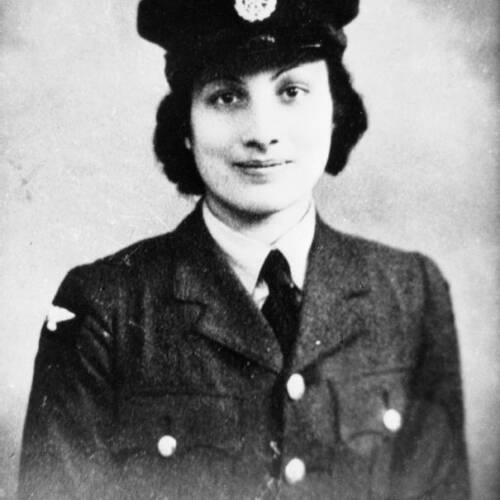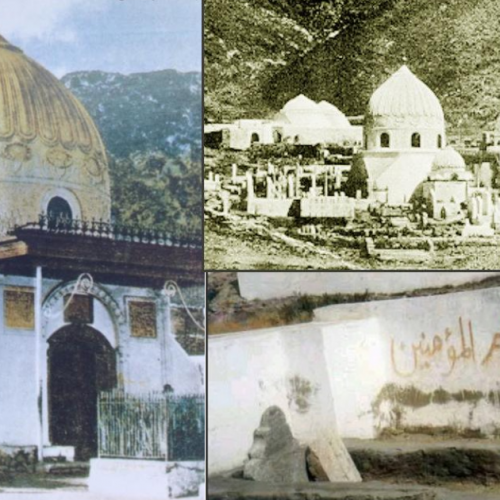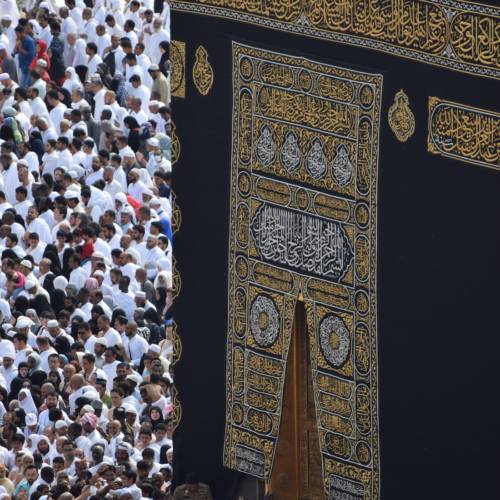
Khadijah: A Heritage in Grave Danger of Being Forgotten
05 May 2020A grave is a universal symbolism for cherishing and marking the memory of those who have passed, for generations to come. Its symbolism transcends even further when it is in relation to the memory of our loved ones. Yet in the case of Islam’s Mother of Believers, Khadijah — hers is a heritage in grave danger of being forgotten.
In the outskirts of Mecca, Khadijah lies buried near to the grave of Abu Talib in the Jannatul Mu’allah cemetery. This is the cemetery which houses the very first Muslims. As they lived their final years in the struggle and strife for the preservation of the Prophetic message, their love was engraved deep into the heart of the Messenger. Their three year exile into the terrains of Mecca’s mountains would accumulate to their deaths in a state of fatigue, poverty, and what would be considered their martyrdom. The Prophet would thus entitle the year they both died to be remembered as the Year of Sorrow. He would never cease to mention their legacies as a testimony to their sacrifices.
Yet in modern history, Khadijah’s story continues to remain a tragedy. Her grave, prior to the First World War, was once marked by a mausoleum so people world over could acknowledge the sacrifice of this great lady, visit, and pay their respects. More importantly, they were granted the opportunity to reflect upon her life, and learn from the example she set as Islam’s first esteemed female. So much so, that historical records illustrate it once considered the rite of etiquettes for the pilgrim embarking on holy pilgrimage to Mecca, to make an incumbent and courteous visit to her grave. Sending peace upon her name was considered an honour.
However, this changed in the year 1925. As the Middle East underwent immense regional shift – her grave was amongst the first, and many, from the revered Saints of Islam, to be targeted and destroyed to rubble. This would not be the first attempt to desecrate her resting place. Indeed, multiple attempts were made for an entire century before this final, and tragically lasting attempt.
As a legacy of this destruction – today, the conditions of her grave are much alike a prison: guarded by army personnel, barbed wire, and strictly inaccessible to the public. The nights surrounding this abandoned grave, still seemingly as dark as her nights in the Meccan valleys, where she spent her final days in service to the religion, at expense of her own self. She would starve, she would shiver, she would suffer. But never would she complain.
Almost a hundred years on, little has been effective on the part of the Muslim world in disapproving or questioning the destruction of her grave, nor the hostile conditions surrounding it. Every year, as the date reminiscing the destruction of her grave passes, it is harrowing to wonder how little future generations may be aware of the great legacies of Islam’s founding Saints when there is nowhere to go in order to cherish and respect their memory. As time passes, and little to no tangible evidence of their lives and memory remains, the future connection of Islam’s identity to the origins of the religion is at a great danger. As time passes, pilgrims with stories of visitation to these sites from past times also ceases. Until may come a time in the near future, when it is as though the reality of the sacrifices made in those extreme Meccan days, which defined the success and trajectory of Islam, never even existed. Yet without reflection upon the origins of our past, how do we carve a safe space for our identity into the future?
Memory, is inextricably linked to heritage – and historical heritage – tangible or otherwise – is strongly intertwined with the formulation of sustainable identity. These principles are mentioned in the UNESCO World Heritage laws, as a universal principle all of humanity adheres to. So why is it her grave lies forgotten; cordoned off today?
The visible absence of the preservation of Khadijah’s identity, legacy and heritage further gravely threatens discourse surrounding the esteemed role and presence of females within Islam. This has been reinforced by her sporadic mention in academic discourse surrounding Islam’s stance on females rights.
Rebuilding her grave, cementing her legacy as a transnational treasure for the world of Muslims, and honouring female identity by her remembrance would be a worthwhile service to the future of Islam. But in the meantime – it becomes even more important to reinstate the eternal value of Islam’s saints, when access to their sustainable tangible memory is absent.
So peace be upon Lady Khadijah. Fierce was her courage, mighty was her generosity, and sincere was her sacrifice. From being the wealthiest, independent woman in Arabia for whom the Prophet (pbuh) worked, to owning nothing as an exiled Meccan. She died a death without an asset to her name for standing up for what she believed in. She chose to give it all to pave the path for a nobler mission. And now, in the absence of a respectable grave – we must at least not leave her memory in a grave danger of being forgotten.


